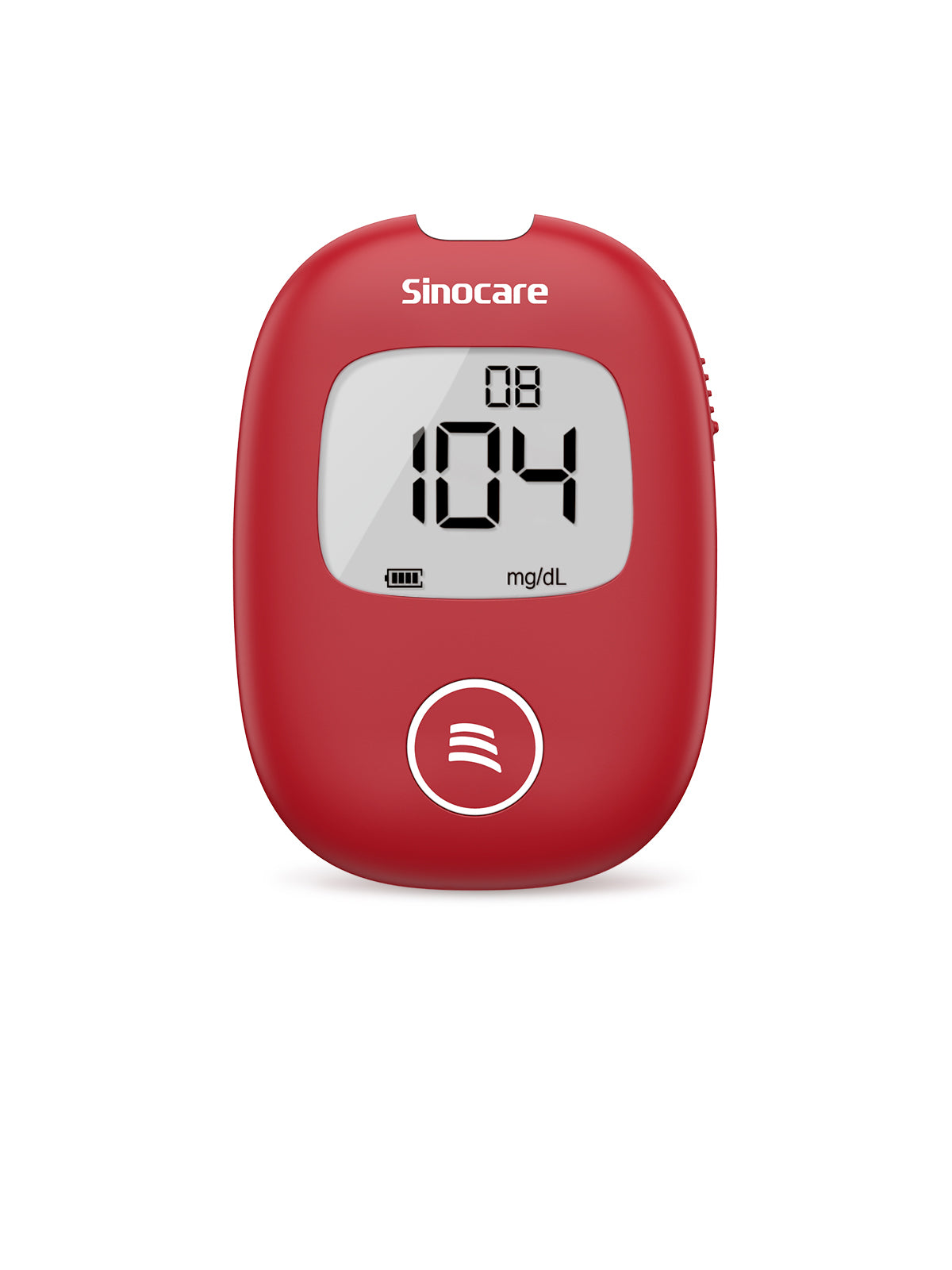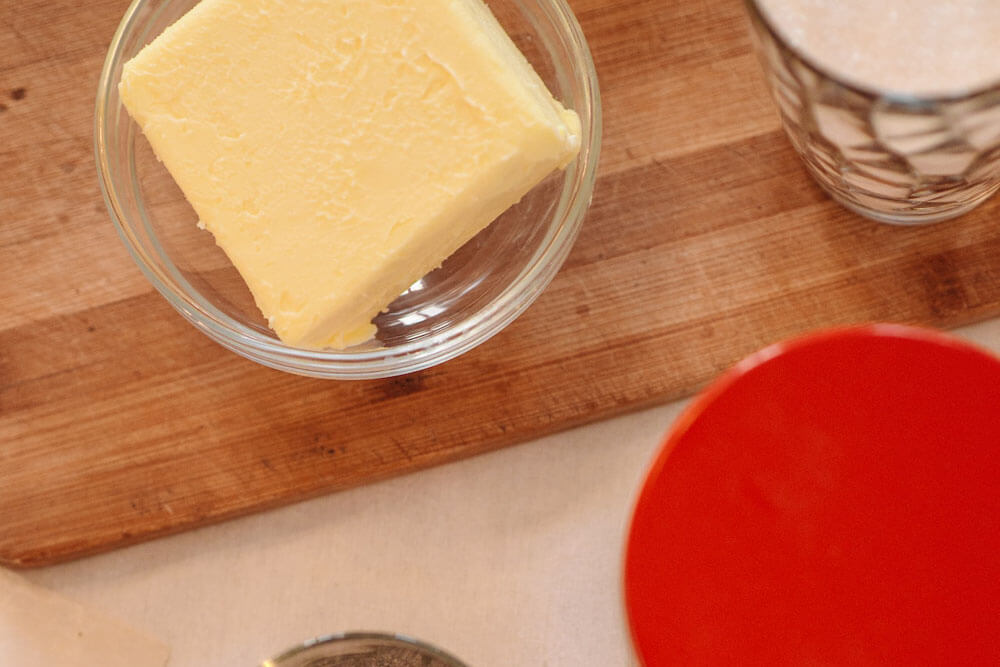Lurpak (previously Lurmark) was founded in 1901 in Denmark and has managed to expand to 95 countries worldwide. Thanks to strict product quality controls, Lurpak butter is appreciated by thousands of people and is tasted everywhere with the certainty of eating a genuine and safe product. [1]
What is Lurpak Butter?
Quoting the official description of Lurpak: "Lurpak® is a pale-colored lactic butter. The process starts with about 20 kg of whole milk produced every 1 kg of butter. The milk's most precious and tasty part – the cream – is carefully matured before being used for butter production. Lactic cultures are added, giving a fresh and slightly aromatic note with a certain creaminess that creates the characteristic flavor of Lurpak®. That's all. Apart from a pinch of salt, nothing else is added to our slightly salted varieties." [1]
Nutrition and Carbs in Lurpak Butter
Thanks to its particular processing, Lurpak butter is delicious, ideal for the realization of dishes and natural consumption. On the other hand, butter is very caloric; in particular, its average caloric content stands at 700 ~ 750 kcal per 100 g, reduced to 350 ~ 550 kcal for light versions.
To get an overview of the nutritional content of the various versions of butter Lurpak, you can consult the table below: [2]
| per 100g | LURPAK® SLIGHTLY SALTED BUTTER | LURPAK® UNSALTED BUTTER | LURPAK® LIGHTER SLIGHTLY SALTED | LURPAK® LIGHTEST SPREADABLE | LURPAK® LIGHTER SPREADABLE WITH OLIVE OIL |
|---|---|---|---|---|---|
| ENERGY | 741 kcal | 749 kcal | 544 kcal | 377 kcal | 544 kcal |
| Fat | 81.5g | 82.4g | 60g | 40g | 60g |
| CARBOHYDRATES | 1.0g | 0.8g | 0.5g | 0.9g | 0.5g |
| PROTEINS | 1.0g | 1.0g | 0.5g | 3.3g | 0.4g |
| FIBERS | 0g | 0g | 0g | 0g | 0g |
| SODIUM | 0.47g | 0g | 0.35g | 0.43g | 0.36g |
Can Lurpak Butter Raise/Spike my Blood Sugar?
Given the reduced amount of carbohydrates, Lurpak butter cannot cause significant increases in blood sugar values. The main content is based on fat (and salt, for versions that provide for it).
Can Diabetes Eat Lurpak Butter?
According to the table above, Lurpak butter can be consumed by people with diabetes, obviously in moderation. Butter has a high caloric and fat content, which can cause obesity if taken in excessive doses, an adverse pathology for everyone but even more so for those with diabetes.
Is a Lighter Butter Better for Diabetics?
Given butter's high calorie and fat content, if you have diabetes, it may be a good idea to choose Lurpak butter in the Lurpak Lighter version or Lurpak Lightest, with reduced fat content. These versions are specially formulated to be less impactful on the body, especially for overweight people. On the other hand, they can be a good choice even for people who have diabetes.
Salted or Unsalted, which one is Good?
Adults should eat no more than 6g of salt a day (2.4g sodium), and the slightly salty version of Lurpak butter contains about 0.5g sodium per 100g or 1/5 of the daily requirement. Therefore, depending on the type of diet followed and the audio taken per day, it is possible to evaluate which butter to consume between the slightly salted butter and the salt-free one. Lurpak butter without salt may be the best choice when doubting the amount of sodium taken per day.
Is Lurpak Margarine?
Margarine is a mixture of vegetable oils processed correctly to produce a solid consistency similar to butter. Lurpak butter is, by definition, made with cream and lactic cultures (of animal origin). Therefore Lurpak & Margarine are two words in contrast with each other, being two different products even if of similar appearance. [3]
Does Butter Cause Diabetes?
Butter does not cause diabetes, or at least no scientific study has been able to prove it. Of course, diabetes can cause weight gain due to its high-calorie content, and obesity is linked to the potential development of type 2 diabetes. However, butter is not a direct cause of diabetes and indeed is a healthy food when taken in moderate doses. [4]
Which Type of Butter is Good for Diabetics?
As seen, butter does not cause diabetes and is a recommended food for people with diabetes when taken in the right amounts. Therefore, having to choose which butter to consume among the various alternatives on the market, a good rule is to choose butter without salt, significantly if you already exceed the daily dose of sodium with the intake of other foods.
Another option is to check the fat content; low-fat butter is healthier and exposes you to fewer health risks. Finally, by selecting more refined types of butter, it is possible to indicate in the nutritional table the content of CLA (Conjugated Linoleic Acid), an essential fatty acid that the human body cannot produce but which instead is abundant in milk. This acid lowers insulin resistance and therefore is helpful for people with diabetes. [5]
Low Fat Spread Recommendation for Diabetics
A low-fat spread is food similar to butter, of vegetable origin, based on oil, made solid by industrial processes identical to those used to realize margarine. Like margarine, this food has a much lower fat content than butter, but depending on the type of solidification, it can be more or less harmful to health. [6]
A straightforward and economical method to make the oil mixture solid is to hydrogenate the oil, thus creating hydrogenated fats. On the other hand, without going into the merits of the matter, many studies show how hydrogenated fats are harmful to health to avoid potential risks. It may be convenient to discard margarine, and low fat spread a priori, choosing a more natural butter instead, better if of a famous brand like Lurpak and with common salt and fat content. [7]
Final Thoughts
Butter is a food that does not cause diabetes, does not cause increases in blood glucose values, and can be a valid aid for the body if taken in the right quantities. Choosing a butter like Lurpak, in the low-sodium type, can be delicious food and, at the same time, nutritious for the body.
References
[1] https://www.lurpak.com/en/our-story/
[2] https://www.lurpak.com/en/our-products/
[3] https://www.healthline.com/nutrition/butter-vs-margarine
[4] https://www.thediabetescouncil.com/diabetes-and-butter-is-butter-good-for-diabetes/
[5] https://diabeticme.org/diabetes-products/diet/the-best-butter-for-diabetics/
[6] https://www.delightedcooking.com/what-is-a-low-fat-spread.htm
[7] https://www.healthline.com/health/ways-to-avoid-hydrogenated-oil#foods-with-partially-hydrogenated-oils










Leave a comment
All comments are moderated before being published.
This site is protected by hCaptcha and the hCaptcha Privacy Policy and Terms of Service apply.